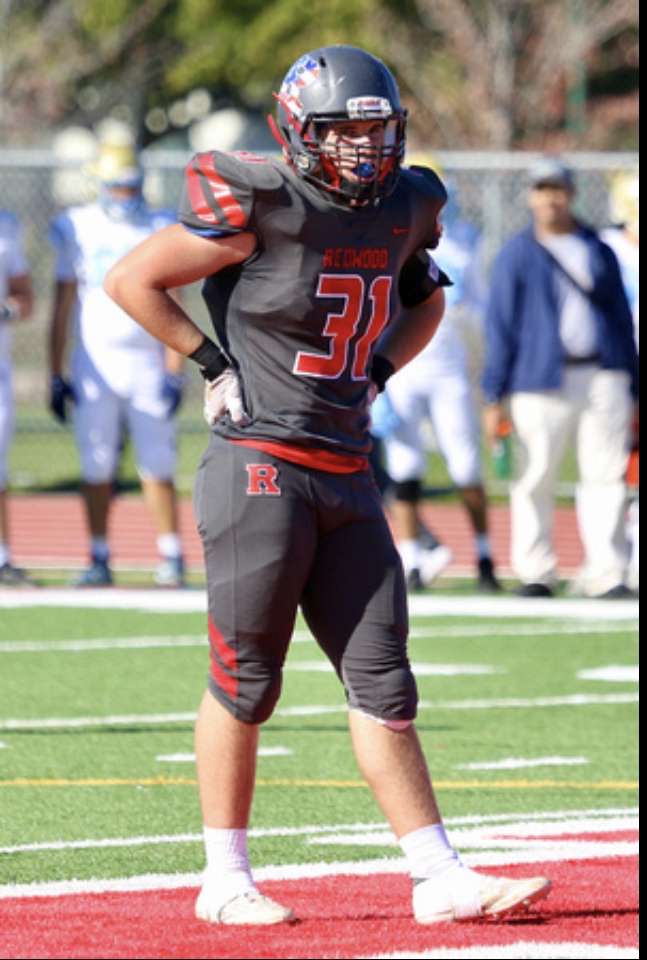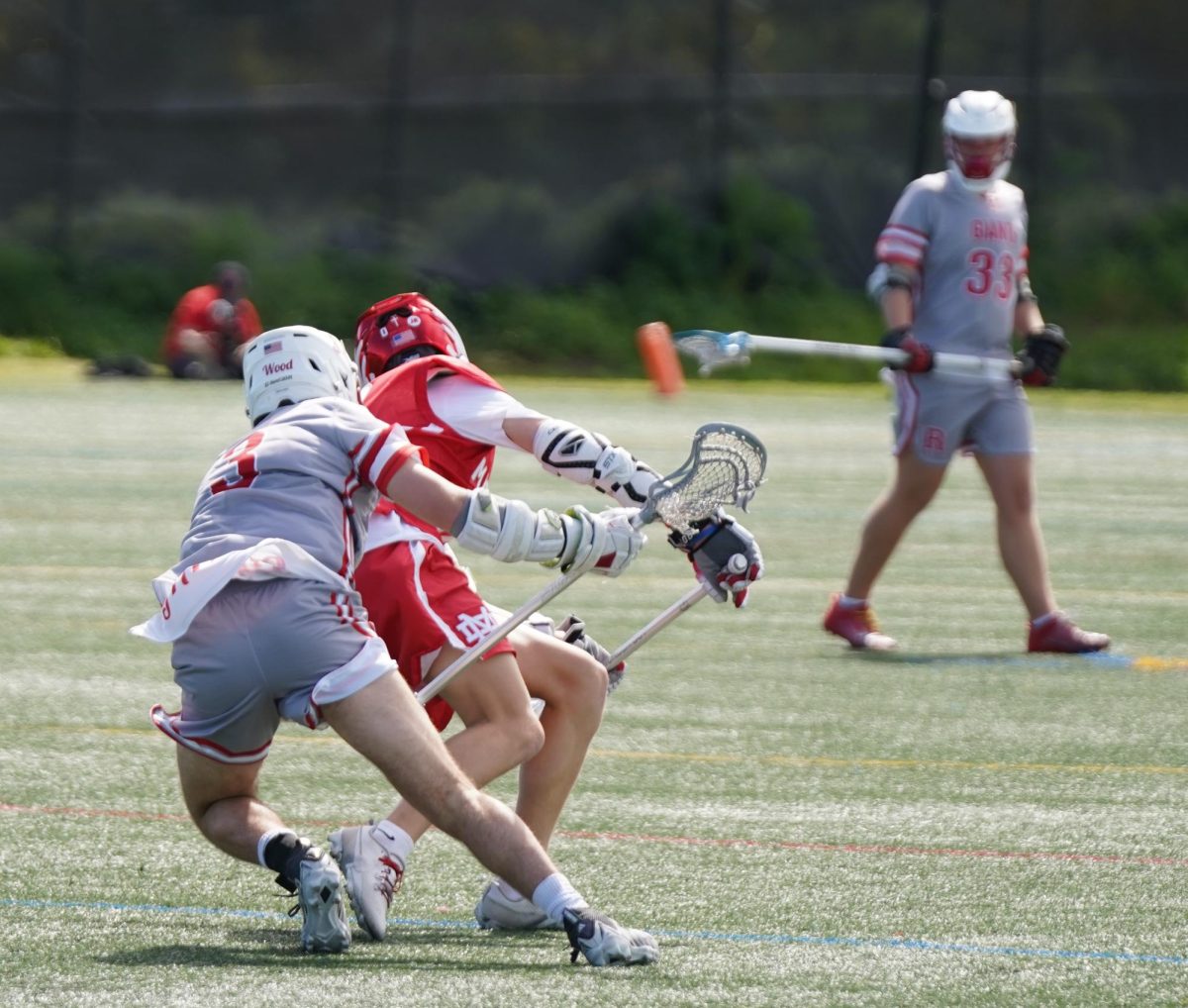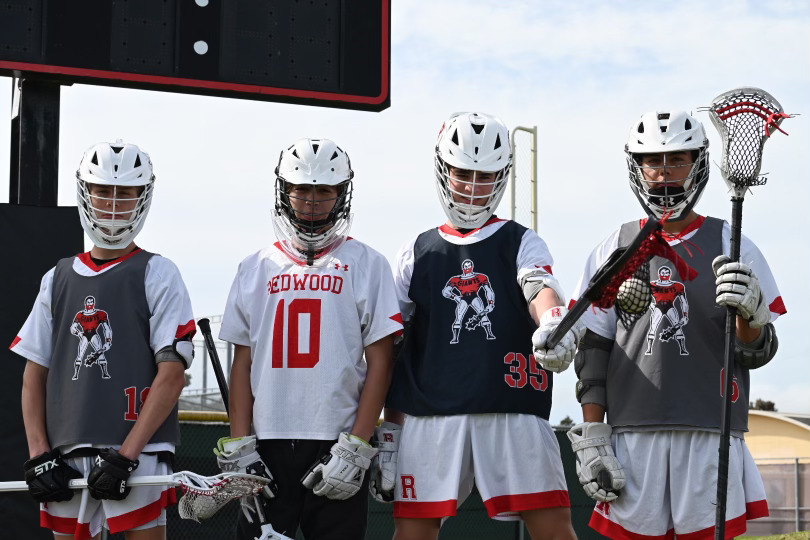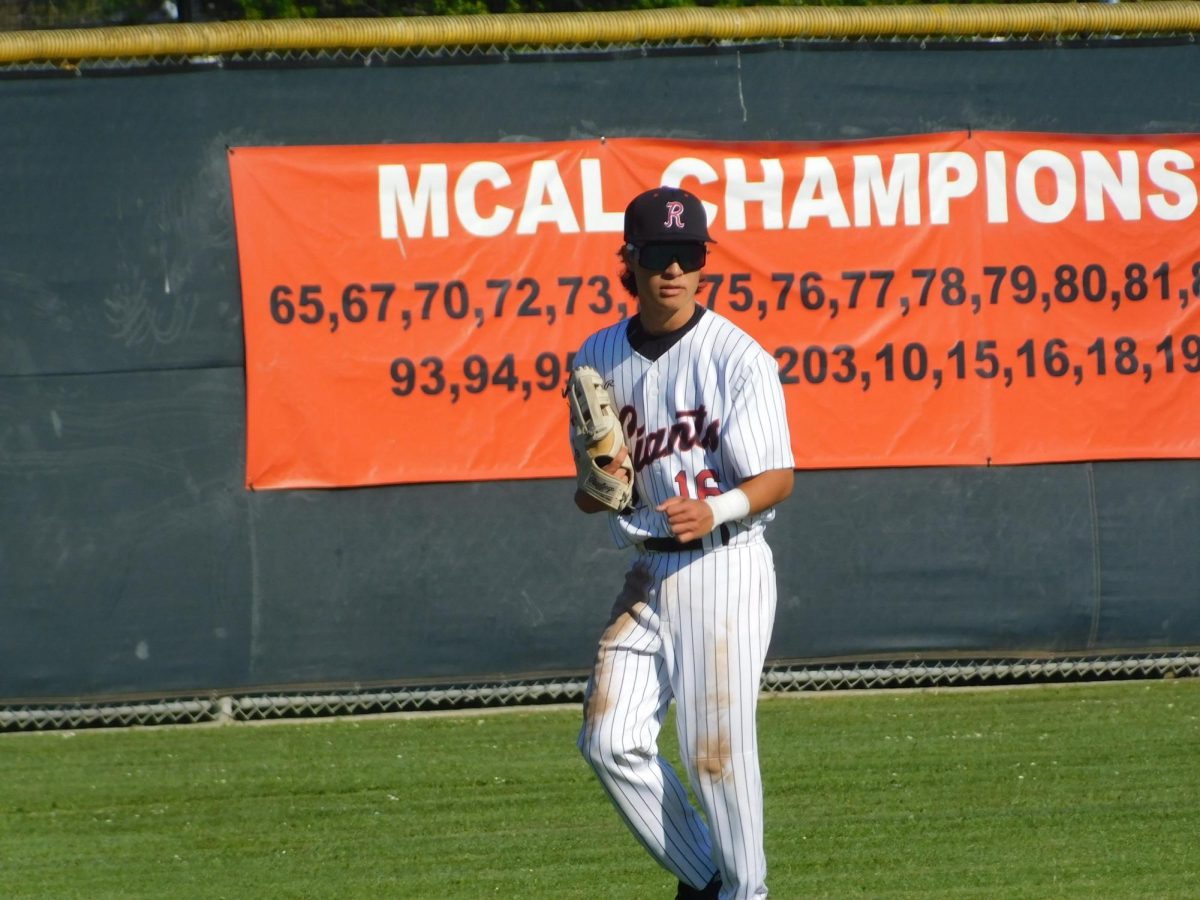While most students apply to college solely for academics and others look to get recruited by Division I schools, some athletes have managed to find a balance between the two.

Although Division III colleges do not offer scholarships and have less sway in the admissions process than DI institutions, students are committing to DIII schools in an effort to balance their academic and athletic lives.
Senior Ian Jaime was accepted to Pomona College to swim, but he said that he originally wanted to attend a DI school.
“Saying, ‘I swim DI’ always sounded better,” he said. “But what I really wanted was a place where neither the pool nor the school would overpower the other. I was really intent on finding a place where both worked, so DIII was the best fit for me. I didn’t want to be ‘Ian the swimmer’ who happened to go to school.”
Senior Joe Perrella, who committed to play lacrosse for Washington and Lee, also said that he wanted to play at a DIII school in order to focus on academics.
“I was really interested in a small, liberal arts school, and that’s already most DIII schools,” he said. “I also knew the reason I was going to college was to get an education for the future. Although lacrosse is a sport that I love, I’m going to college to get an education. At DI schools, playing lacrosse is basically your job. It’s just a balance that I’m trying to find — being able to do something I love while preparing for the future.”
Lizzie Ahern, a 2012 Redwood graduate, is currently a freshman on Amherst College’s volleyball team. Although she was recruited by DI, DII, and DIII institutions, she said she chose Amherst because of the school’s strong academics and prestige.
“[At Amherst,] I’d be a student athlete, not just an athlete and not just a student,” Ahern said. “They’re both equal.”
Ahern said that her recruitment was also complicated by the fact that many student-athletes committed early in their high school careers.
“When you’re 15 years-old, it’s shocking to immediately get an email back from the coach saying, ‘Sorry, but we already have the recruiting class filled,’ ” she said.
Jaime said that the recruitment process for Division III sports is much different than it is for Division I, as DIII schools don’t offer scholarships, and athletes cannot sign letters of intent.
“It wasn’t like someone saying, ‘Sign your name on this dotted line,’ ” he said. “There are no guarantees.”
Perrella said that he met the Washington and Lee lacrosse coach while at a tournament, and committed to the school a few months later. However, he said that the academic standards are higher for athletes hoping to attend Division III institutions.
“For DIII, the coaches will take the applicants who are going to play lacrosse and basically put a star on the application, which is saying they’re supported by the athletic department,” he said.
Perrella said that DIII coaches cannot get the admissions department to admit academically unqualified students, but athletic support can help students who are on the fence.
Ahern said that although she was recruited to play volleyball at Amherst, she almost wasn’t admitted because of the school’s rigorous academic standards.
“Volleyball opened up doors for me that I wouldn’t have been exposed to otherwise,” she said. “I don’t think athletes are a waste of an admission, because we contribute to different aspects of the university. I think it’s important to have a balance of many different types of students.”
Although athletes are given support in admissions, Ahern said that the combination of high academic and athletic standards at Amherst make being a DIII athlete just as, if not more, difficult than being a regular student.
“Coming into it, I thought it wouldn’t be as intense as it is at a DI school,” she said. “[But] we practice just as long as some DI programs, and we work just as hard. Maybe it’s the competition that’s different. I think that DIII sports should not be overlooked or considered easier than DI sports. It’s a huge time commitment, and there’s physical exhaustion.”
















